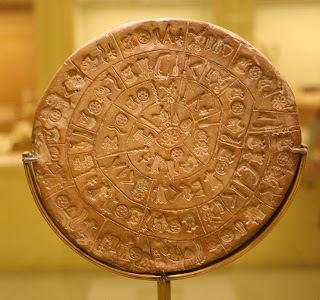The Tudor era has been very much in fashion lately mainly through modern popular culture. Cate Blanchett's Elizabeth from 1998 was a hit as was the TV series The Tudors a decade later. Of course Henry VIII hardly looked like Jonathan Rhys Meyers especially during the second half of his reign, while the art of the period is overshadowed -in the big and small screen- by wars, religion and of course endless scandals. This is probably how most non historians see the Tudor period today, which is a pity as English royal iconography at the time is a lot more than portraits in the covers of books or dead portraits in museum halls.
Henry VII (Henry VIII's father) ended a period of political unrest and instability called the 'Wars of the Roses' by defeating Richard III and becoming the first Tudor King of England in 1485. He married a princess from the house of York, Elizabeth and united the two houses of England that fought for the crown. In the portraits of himself and his family the main concern of the artists was to show their king's legitimacy on the throne of England and the continuation of his dynasty.
In the two paintings below Henry VII and his wife Elizabeth of York are depicted each holding a flower: the king holds the red rose, symbol of the house of Lancaster which he represents, while the queen holds the white rose of the house of York, of which she is the last heir.
 |
| Henry VII, Michael Sittow, 1505, oil on panel, National Portrait Gallery, London |
 |
| Elizabeth of York, unknown artist,c. 1500, oil on panel, National Portrait Gallery, London |
|
|
This is of course intentional, as is the fact that Henry VII's eyes engage directly with the viewer to show his active and determined nature, as opposed to Elizabeth's aloof and distant gaze. The portrait of the couple's first son and intended heir, Arthur, shows the blending of the two symbols. The garter the yound prince wears around his neck is adorned with the combination of the two roses which became not only the symbol of Tudor monarchy, but also an iconographical device employed excessively in art by both Henry VII and Henry VIII.
 |
| Arthur, Prince of Wales, unknown artist, c. 1500, oil on panel, The Royal Collection |
References
Lloyd, C. and Thurley, S. 1990. Henry VIII. Images of a Tudor King. Oxford: Phaidon
Wooding, L. 2009. Henry VIII. London and New York: Routledge
Tudor England, online, available at http://englishhistory.net/tudor.html









